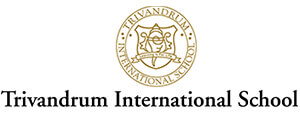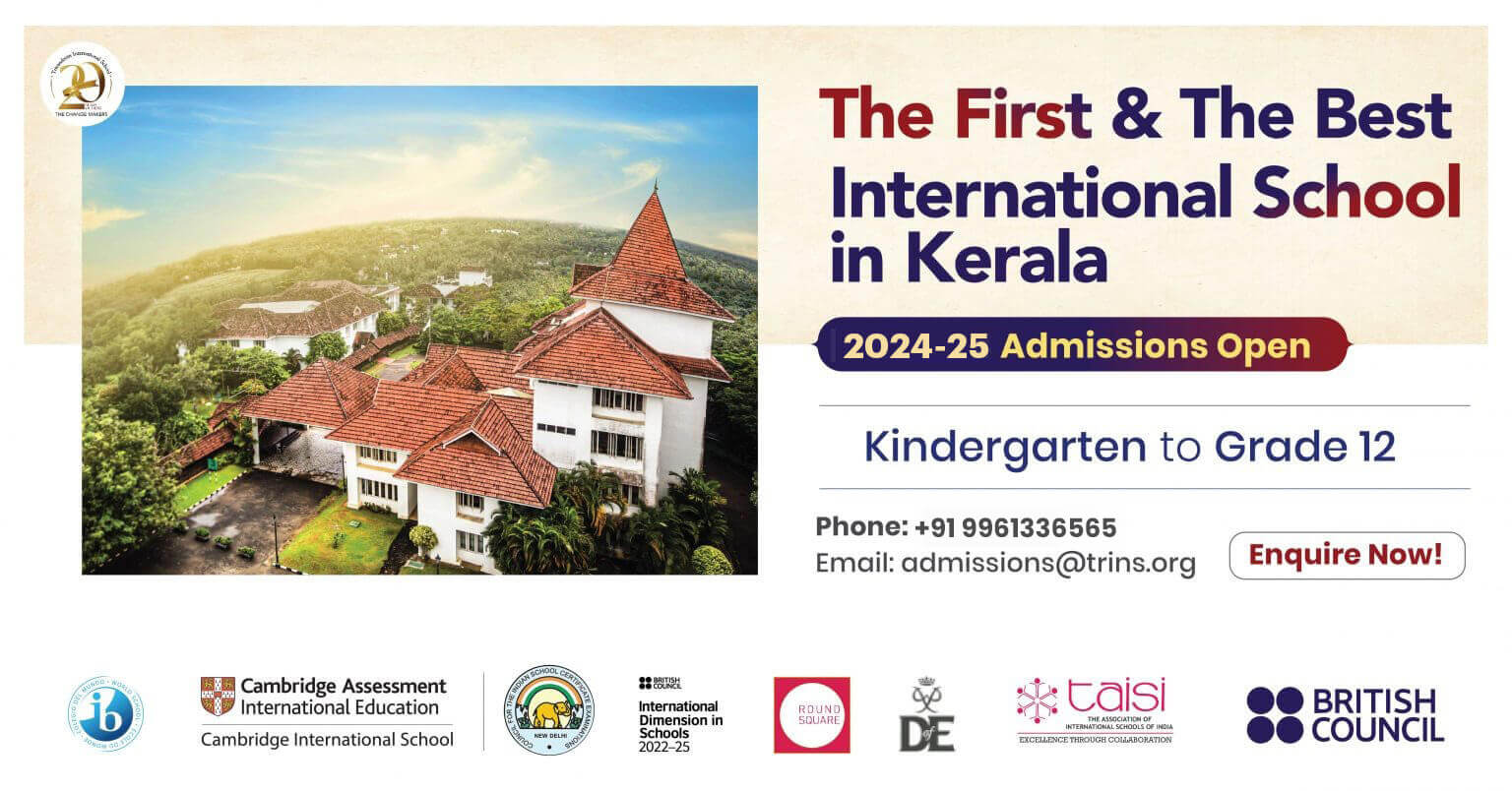In today’s interconnected world, education transcends beyond the traditional boundaries of learning. One pivotal aspect of this global educational landscape is cultural exchange. Cultural exchange in education enriches the learning experience, fostering a deeper understanding and appreciation of diverse cultures, which is essential in shaping globally competent individuals.
Understanding Cultural Exchange
Cultural exchange involves sharing ideas, customs, and social behaviour between people from different cultures. This exchange is vital in education as it:
- Promotes Diversity and Inclusivity: In the realm of education, embracing a variety of cultures transforms institutions into vibrant hubs of diversity. This exposure is pivotal in promoting a culture of inclusivity and respect for differences among students. When learners are surrounded by peers from diverse backgrounds, they are encouraged to understand and appreciate the unique experiences and perspectives each individual brings. This not only fosters a sense of belonging for everyone but also cultivates an environment where every student feels valued and understood. As a result, educational spaces become models of the diverse and inclusive world we aspire to create. Embracing such diversity prepares students not just academically, but also socially, to navigate and contribute to a multifaceted society.
- Enhances Language Skills: Interacting with individuals from varied linguistic backgrounds in educational settings serves as a natural and effective way to enhance language skills. When students communicate with peers who speak different languages, they are inadvertently sharpening their own linguistic abilities. This interaction goes beyond learning a new language; it also includes understanding nuances, idiomatic expressions, and cultural contexts, which are integral parts of mastering a language. In today’s globalized world, proficiency in multiple languages is not just an academic asset but a crucial tool for effective communication. It opens doors to a wider array of opportunities in international settings and enables students to connect with a broader spectrum of people, fostering understanding and collaboration on a global scale.
- Develops Global Competence: Exposure to diverse cultures and languages within educational environments plays a crucial role in developing global competence among students. This goes beyond the traditional confines of geography or history lessons. It involves gaining a real-world understanding of global issues, and recognizing the interconnectedness of communities across the world. As students engage with these global perspectives, they become more aware of their roles and responsibilities in the international community. This global competence is essential in today’s world, where many challenges require collective and informed responses. Equipped with this understanding, students are better prepared to make meaningful contributions to a global society, be it in addressing environmental challenges, fostering economic development, or advocating for human rights and social justice.
Impact on Student Development
The influence of cultural exchange in global education significantly impacts student development in several ways:
- Broadened Perspectives: Exposure to a variety of cultures significantly broadens students’ perspectives, instilling a sense of open-mindedness and honing their critical thinking skills. When students engage with different cultural contexts, they learn to view issues and situations through multiple lenses, appreciating the complexity and diversity of the world. This broadened outlook encourages them to think more deeply and critically about various subjects, moving beyond surface-level understanding. The ability to consider different viewpoints and analyze them critically is a crucial skill in today’s fast-paced and ever-changing world. It enables students to approach problems and challenges with a more nuanced and informed perspective, preparing them to be thoughtful, responsible global citizens.
- Emotional Intelligence: Interacting with individuals from diverse backgrounds plays a pivotal role in enhancing students’ emotional intelligence. As they learn to understand and empathize with the experiences and emotions of others, students develop a greater capacity for emotional awareness, self-regulation, and empathy. This enhanced emotional intelligence is key in building strong interpersonal relationships, both in personal and professional spheres. It allows students to navigate social complexities with greater ease and sensitivity, fostering an environment of mutual respect and understanding. Emotional intelligence, enriched through diverse interactions, is a vital component of personal development, equipping students with the skills to effectively manage their emotions and understand those of others.
- Adaptability and Problem-Solving Skills: Navigating cultural differences not only enriches students’ understanding of the world but also significantly enhances their adaptability and problem-solving skills. As they encounter and work through the nuances of various cultural norms and practices, students learn to adapt to new situations with agility and resourcefulness. This ability to adjust and find solutions in unfamiliar or challenging contexts is invaluable in today’s global landscape, where change is constant. Moreover, problem-solving in diverse cultural settings often requires innovative thinking and the ability to synthesize different perspectives. Such experiences refine students’ problem-solving abilities, enabling them to approach challenges with a creative and open mindset. These skills, honed through cultural exchange, are essential for success in both academic and professional realms, where adaptability and innovative problem-solving are highly prized.
Methods of Promoting Cultural Exchange
Incorporating cultural exchange in the educational curriculum can be achieved through various methods:
- Exchange Programs: Exchange programs provide students with an unparalleled opportunity to immerse themselves in a new cultural environment. By studying abroad, they experience firsthand the customs, traditions, and everyday life of a different culture. This isn’t just about academic learning in a foreign land; it’s about living and breathing a different way of life, which can be an eye-opener for many students. It broadens their understanding of the world and fosters a deep appreciation for diversity. The insights gained from such experiences are invaluable, extending far beyond the confines of a classroom. Students often return from exchange programs with new perspectives, a heightened sense of independence, and a deeper global awareness, qualities that are immensely beneficial in both their personal and professional lives.
- International Events and Competitions: Participating in international events and competitions, such as Model United Nations (MUN) or international sports meets, is another effective way of facilitating cultural interactions. These platforms allow students to engage with peers from across the globe, sharing ideas, views, and experiences. Events like MUN stimulate an understanding of global issues, diplomacy, and international relations, while sports meets celebrate not just athletic prowess but also the spirit of camaraderie and cultural exchange. Such experiences enable students to develop a sense of global citizenship and teamwork, understanding that despite differences in background, there are common goals and challenges that unite us all. Moreover, the skills developed in these settings, including communication, leadership, and team-building, are invaluable in students’ future endeavors.
- Multicultural Festivals and Celebrations: Celebrating multicultural festivals and events on school campuses is a vibrant way to promote cultural awareness and appreciation among students. These celebrations can be educational and fun, providing an immersive experience into different cultural traditions, foods, music, and art. By participating in such festivities, students gain a greater appreciation for the richness and diversity of various cultures. It also provides a platform for students from different cultural backgrounds to share their heritage with their peers, fostering an environment of mutual respect and understanding. These celebrations not only add color and vibrancy to the school environment but also serve as a reminder of the beauty of cultural diversity and the importance of embracing it in our globalized world.
Challenges and Solutions
While cultural exchange is beneficial, it’s not without challenges. However, effective strategies can overcome these obstacles:
- Language Barriers: Overcoming language barriers is a crucial step in facilitating effective cultural exchange. To bridge these communication gaps, it’s essential to encourage language learning as part of the curriculum. Proficiency in multiple languages not only enhances students’ ability to communicate but also deepens their understanding of different cultures. Furthermore, the use of technology, such as translation apps and online language courses, can be a significant aid in this regard. These tools allow students to overcome initial language hurdles and engage more meaningfully with diverse cultures. By integrating language learning and technology, educational institutions can significantly ease the process of cultural assimilation and exchange, making it more enriching and less daunting for students.
- Cultural Sensitivity: Cultural sensitivity is the bedrock of any successful cultural exchange program. Educating students about the importance of being culturally sensitive and respectful can significantly reduce misunderstandings and dispel stereotypes. This education should go beyond the superficial aspects of culture and delve into understanding different worldviews, social norms, and values. Workshops, interactive sessions, and cultural immersion experiences can play a pivotal role in developing this sensitivity. When students learn to approach cultural differences with respect and openness, it lays the foundation for meaningful intercultural interactions and relationships. This understanding is vital in today’s globalized world, where cross-cultural interactions are commonplace, both in personal and professional spheres.
- Financial Constraints: Addressing financial constraints is key to making cultural exchange programs accessible to a wider range of students. Offering scholarships specifically for exchange programs can open doors for students who might otherwise be unable to afford these experiences. Moreover, virtual exchange programs present a cost-effective and inclusive alternative to traditional exchange programs. Through virtual platforms, students can engage with peers from around the world, participate in collaborative projects, and gain cultural insights, all without the financial burden of travel and accommodation. These initiatives ensure that the enriching experience of cultural exchange is not limited to those with ample financial resources, but is accessible to a diverse group of students, thereby truly democratizing the benefits of global education.
Cultural exchange in global education is no longer a luxury but a necessity. It equips students with the skills and knowledge to thrive in a globally interconnected world. Educational institutions should continue to seek innovative ways to integrate cultural exchange into their curricula, ensuring that students are well-prepared to be global citizens.




